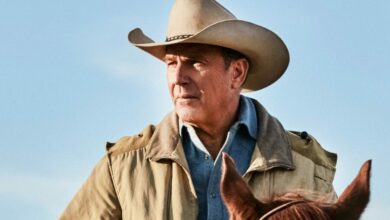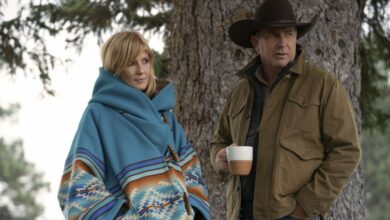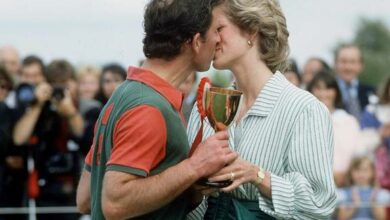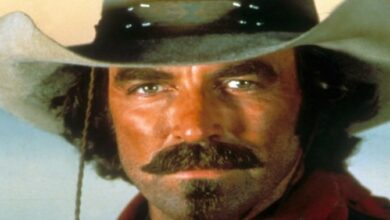How David Bowie influenced The Cure
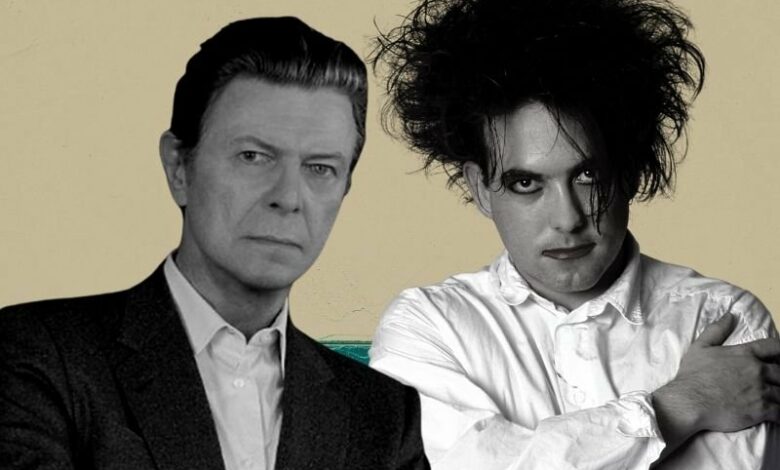
Seventeen Seconds is perhaps the most pivotal moment in the early stages of The Cure’s career. Released in April 1980, it is a goth rock masterpiece, that was led by the iconic single ‘A Forest’. Aside from the musical aspect, in which the band built upon the foundations laid out in their debut, Three Imaginary Boys, the album was also significant for a couple of other reasons.
Firstly, it marked the first time that frontman Robert Smith co-produced with Mike Hedges. This would stand Smith in good stead for the future as he would take part in the production duties on all of the band’s records moving forward. Furthermore, Hedges would produce their next effort, Faith, and take the band’s classic goth period to new heights.
Secondly, Seventeen Seconds is significant in the way that its production would provoke a lineup change, leading The Cure into their next chapter, where they flourished creatively. Not liking the album’s creative direction, original bassist Michael Dempsey departed, and in his stead stepped Simon Gallup, a now-legendary member of the band. Added to this, keyboardist Matthieu Hartley entered the fore.
In truth, the relationship between Smith and Dempsey had been gradually disintegrating (no pun intended) for a while. By the end of the band’s 1979 UK tour supporting Siouxsie and the Banshees, they would speak with increasing scarcity. During this run of dates, rudimentary versions of tracks such as ‘Play for Today’ and ‘M’ were performed at a handful of shows, but Dempsey just couldn’t get on board with the new direction Smith wanted to embark.
Later, Smith recalled: “I think the final straw came when I played Michael the demos for the next album and he hated them. He wanted us to be XTC part 2 and – if anything – I wanted us to be the Banshees part 2. So he left”.
Famously, during this period, Siouxsie and the Banshees enlisted Smith to play guitar for them on the tour, after a tremendous schism in the band. This experience playing music with others exposed Smith to new ideas and helped to inspire the direction he’d take with Seventeen Seconds. He explained: “It allowed me to think beyond what we were doing. I wanted to have a band that does what Steven Severin and Budgie do, where they just get a bassline and the drum part and Siouxsie wails”.
During the writing period for the album, Smith frequently listened to a set of albums that together would also have a hand in influencing the new sound. These were Five Leaves Left by Nick Drake, Astral Weeks by Van Morrison, Isle of Wight by Jimi Hendrix and most importantly, Low by David Bowie.
Whilst all of these albums fed into the new creative direction by The Cure, it is David Bowie’s 1977 album that you can hear colouring the majority of the tracks. Low is an art-rock masterpiece that blended the cold experimental with more heady influences of German bands such as Neu!, Tangerine Dream, Kraftwerk and Harmonia.
The album also saw Bowie first touch on the electronic and ambient styles that he’d utilise so often in the future, creating something of a precursor to Radiohead’s Kid A. Undoubtedly one of Bowie’s best works, everyone from Joy Division to Gary Numan and even Philip Glass cite it as an inspiration.
In fact, there are many similarities between Seventeen Seconds and Low, and if you were to blend both Low and Siouxsie and the Banshees’ early work, the end product would look something like Seventeen Seconds. Atmospheric, experimental and intense, when you think about it, much of The Cure’s early material owes a lot to Bowie, and not just Low.
In a 2016 interview with ABC, The Cure’s drummer at the time of Seventeen Seconds, Lol Tolhurst, described how Low influenced the album’s style: “I loved Low. I loved Dennis Davis’ drum sound. We wanted to have that big sort of hole in the middle of the sound. We wanted some nice high sounds and some nice low sounds with this big space in the middle where the vocal inhabited.”
Tolhurst continued: “That’s very evident on Low and it is very evident with Nick Drake as well. That’s the kind of space we wanted to put it in and that’s ultimately what influenced us. You have to remember that Low was out in 1977 at the same time as the Clash and stuff like that. It was very contemporary to us and very influential.”
Seventeen Seconds is just one of many iconic albums influenced by Bowie’s game-changing 1977 release. A haunting body of work, it was a brilliant nod to popular music’s resident chameleon.

